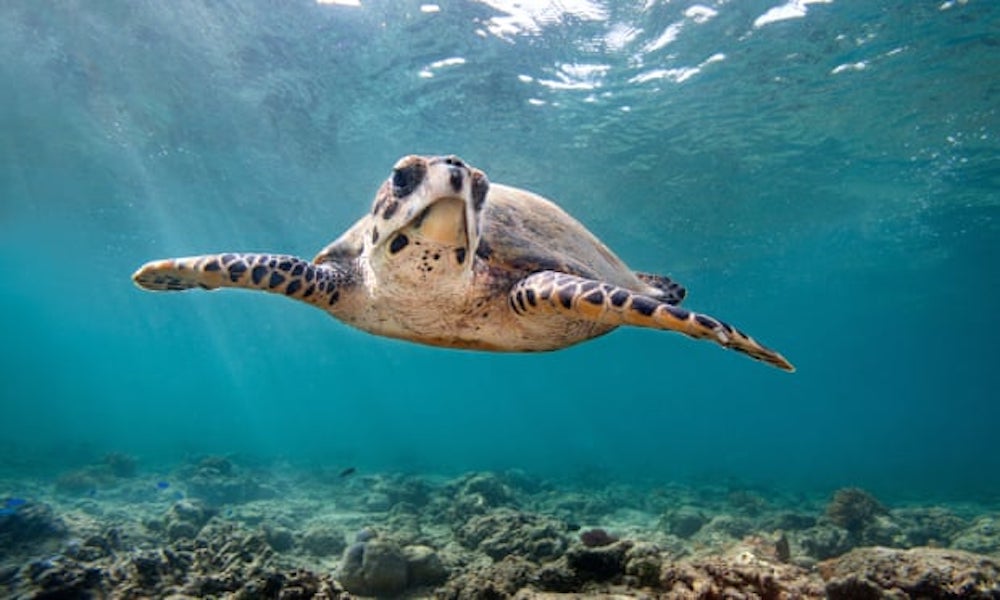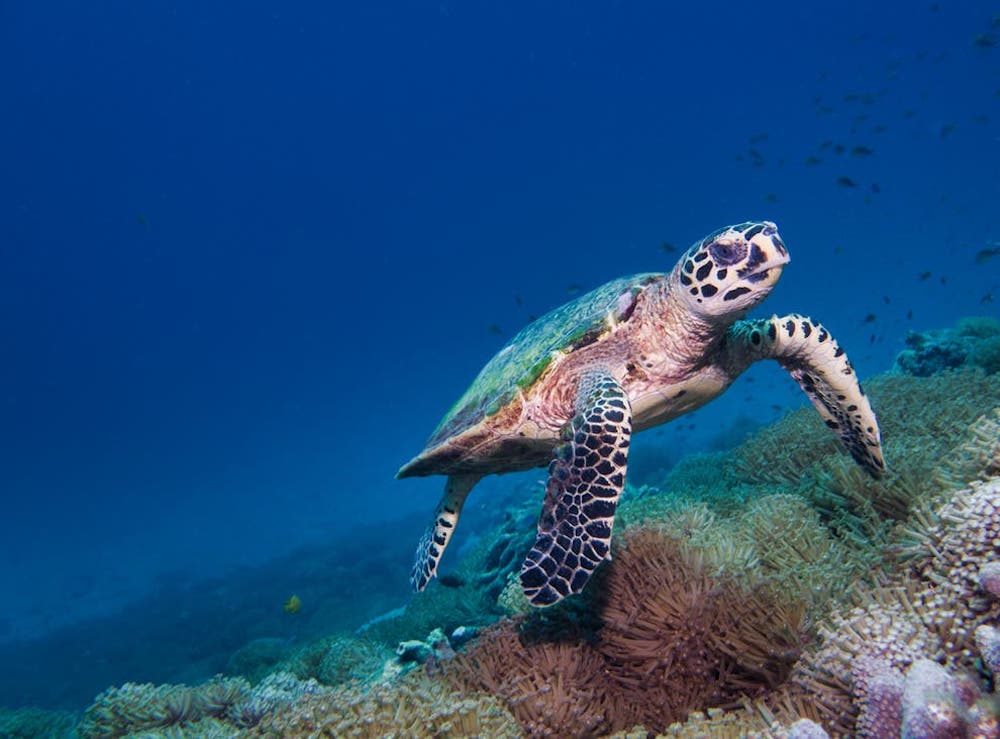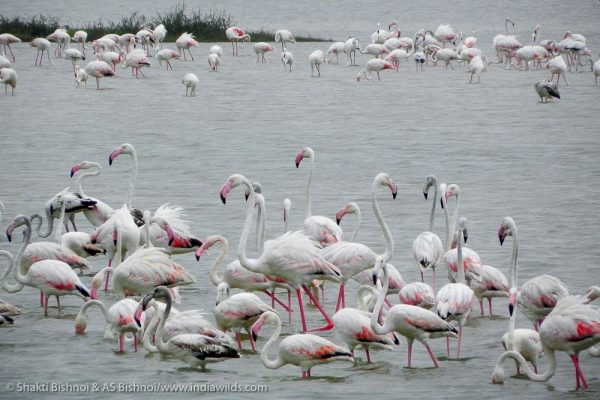Hawksbill Sea Turtles Have Poor Sense of Direction, Study Finds
Research proves that Hawksbill sea turtles have a bad sense of direction since they typically travel twice the required distance to reach their target locations
According to new research, hawksbill sea turtles migrate long distances to reach the target locations. That’s because they don’t know where they are going. The Journal of the Royal Society Interface includes a study that mapped the travel routes of migrating hawksbill sea turtles using GPS. The author aimed at solving the confusion by using models to know how these sea animals navigate their way in the vast ocean.
But it turns out that the poor sea turtles actually don’t know where they’re heading while migrating. In fact, according to a recent study, one sea turtle traveled approx. 1,306 km to reach an island that’s only 176km away. Maybe it’s because they generally take circuitous routes to reach their destinations.
Geomagnetic approach
Scientists yet have to find out the specifics of the way sea turtles navigate. But what they already know is that sea turtles use Earth’s magnetic field for traveling via the geomagnetic printing process. However, navigating a very huge stretch of open water, such as the Indian Ocean, through geomagnetic printing may lead to a loss of direction.

Image: The Guardian
According to marine science professor Graeme Hays from Deakin University, geomagnetic printing does not give sea turtles a pinpoint straight-line migration. But it does tell them whenever they are going off route.
We can already feel the challenging and complex life cycle of these innocent sea creatures. Just imagine how far they have to travel to navigate between their breeding and food sites. It is a real battle for them to survive.
Blessing in disguise
Although traveling over seven times the required distance between two specific points may not seem adaptive, there could be some advantages to this approach. As per a co-author, such navigational imperfections may help turtles to cope with the impact of climate change on certain coastal habitats.

Image: Independent
Since the sea level is on the rise due to climate change, there is a threat to current nesting beaches. However, sea turtles’ trial-and-error approach to search for suitable nesting sites may work in their favor. This is how they can find new beaches for nesting. With the same flexible approach, they might take an unnecessarily longer route, but they can also stumble across some new life-sustaining habitats.
Via: TheGuardian


